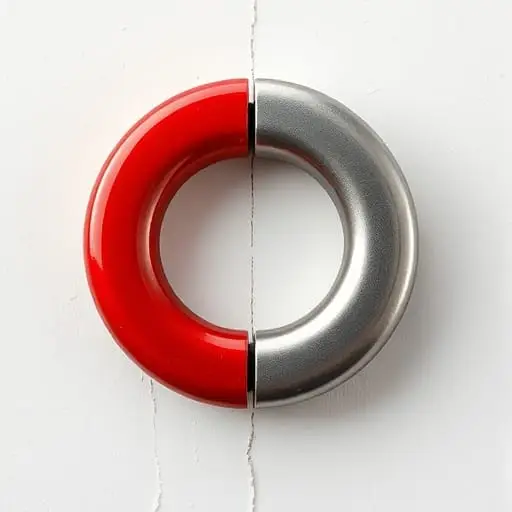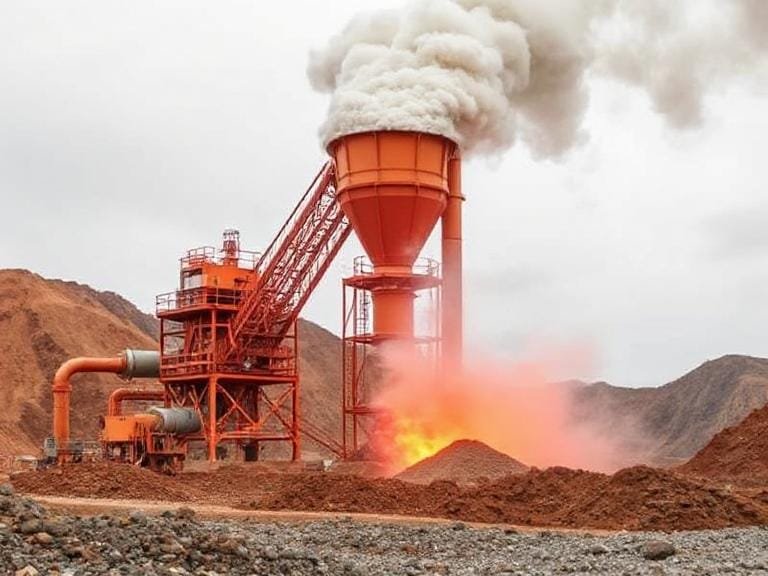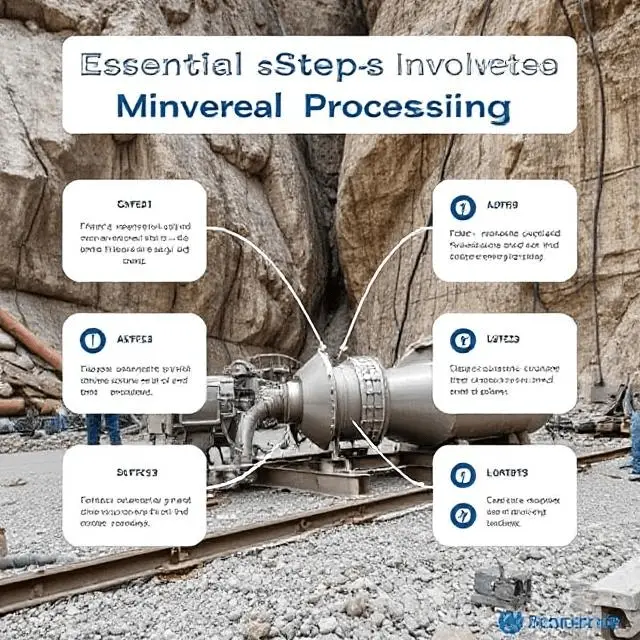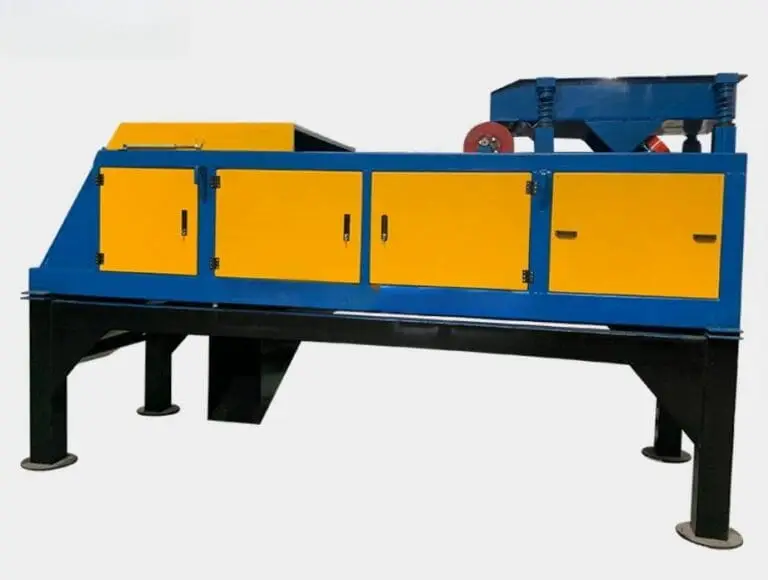About the Spiral Chute Design
ByAdmin
Designing a spiral chute involves several considerations to ensure optimal performance and efficiency. Here’s a detailed look at the key aspects of spiral chute design:
Key Design Elements:
- Helix Angle:
- The angle of the helix (or spiral) affects the speed at which materials move down the chute. A steeper angle increases the speed but may reduce separation efficiency, while a shallower angle improves separation but slows down the process.
- Pitch:
- The pitch is the vertical distance between successive turns of the spiral. It influences the flow rate and separation efficiency. Optimal pitch ensures that particles have enough time to separate based on their specific gravity.
- Diameter:
- The diameter of the spiral chute affects its capacity. Larger diameters can handle higher volumes of material but may require more space.
- Cross-Sectional Shape:
- Typically, spiral chutes have a “U” or “V” cross-sectional shape. The shape impacts the flow dynamics and separation efficiency.
- Surface Material:
- The inner surface of the chute should be smooth and wear-resistant to ensure consistent flow and minimize maintenance.
- Feed and Discharge Points:
- Proper design of feed and discharge points ensures smooth entry and exit of materials, reducing spillage and maximizing efficiency.
Design Process:
- Material Characteristics:
- Understand the characteristics of the material to be processed, including particle size, shape, density, and abrasiveness.
- Flow Rate Calculation:
- Calculate the desired flow rate based on the processing requirements. This helps in determining the appropriate dimensions and pitch.
- Simulation and Modeling:
- Use computational fluid dynamics (CFD) simulations to model the flow and separation process. This helps in optimizing the design parameters.
- Prototype Testing:
- Build and test prototypes to validate the design. Adjust parameters based on test results to achieve the desired performance.
Example Design Specifications:
- Helix Angle: 30-45 degrees, depending on material properties and desired flow rate.
- Pitch: 0.5-1 meter, adjustable based on separation requirements.
- Diameter: 0.3-2 meters, depending on capacity needs.
- Materials: Stainless steel or fiberglass for wear resistance and smooth flow.
- Number of Turns: Typically 3-5, depending on the length of the chute and required separation efficiency.
- Feed Inlet: Designed to ensure even distribution of the feed material across the chute’s width.
- Discharge Outlets: Multiple outlets to collect different fractions based on specific gravity.
Example Design Schematic/Spiral chute drawing:
Copy Code
Top View:
+----------------------+
| |
| Feed Inlet |
| |
+----------------------+
Side View:
/--------------------\
/ \
/ \\ /
\ /
\——————–/
Vertical Cross-Section:
+----------------------+
| |
| |
| |
| |
+----------------------+
Practical Considerations:
- Maintenance: Design for easy access to clean and maintain the chute.
- Safety: Ensure that the design complies with safety standards to protect operators.
- Customization: Adapt the design based on specific application requirements and constraints.
By carefully considering these aspects, a well-designed spiral chute can significantly enhance the efficiency and effectiveness of the mineral separation process.






